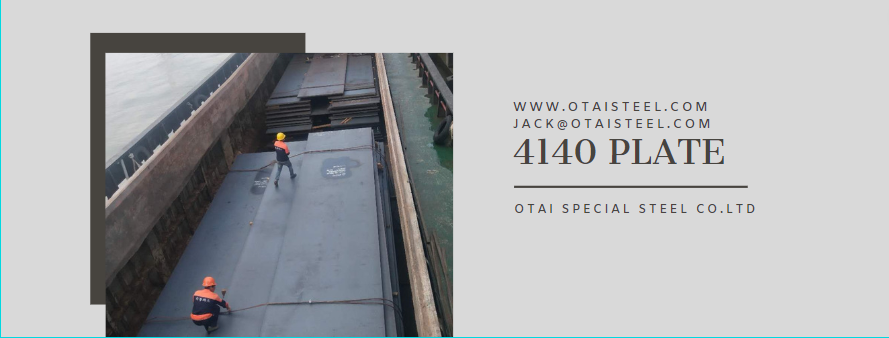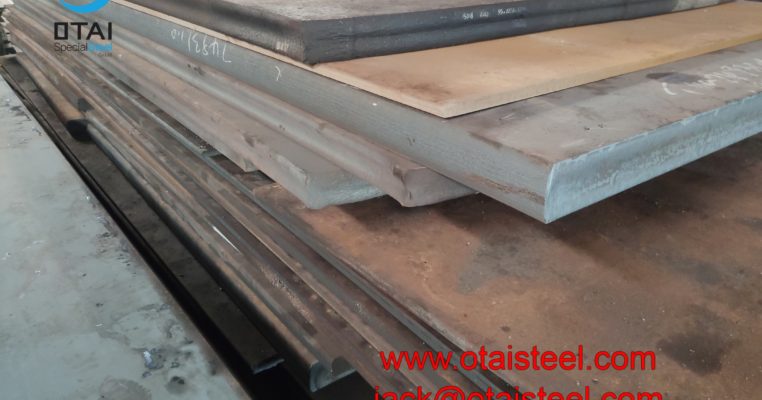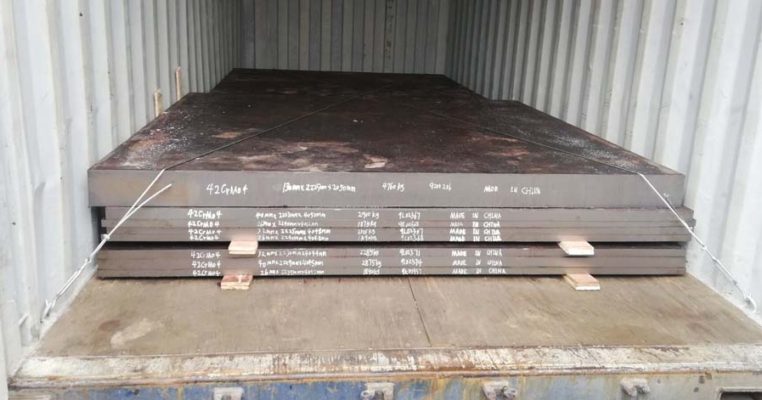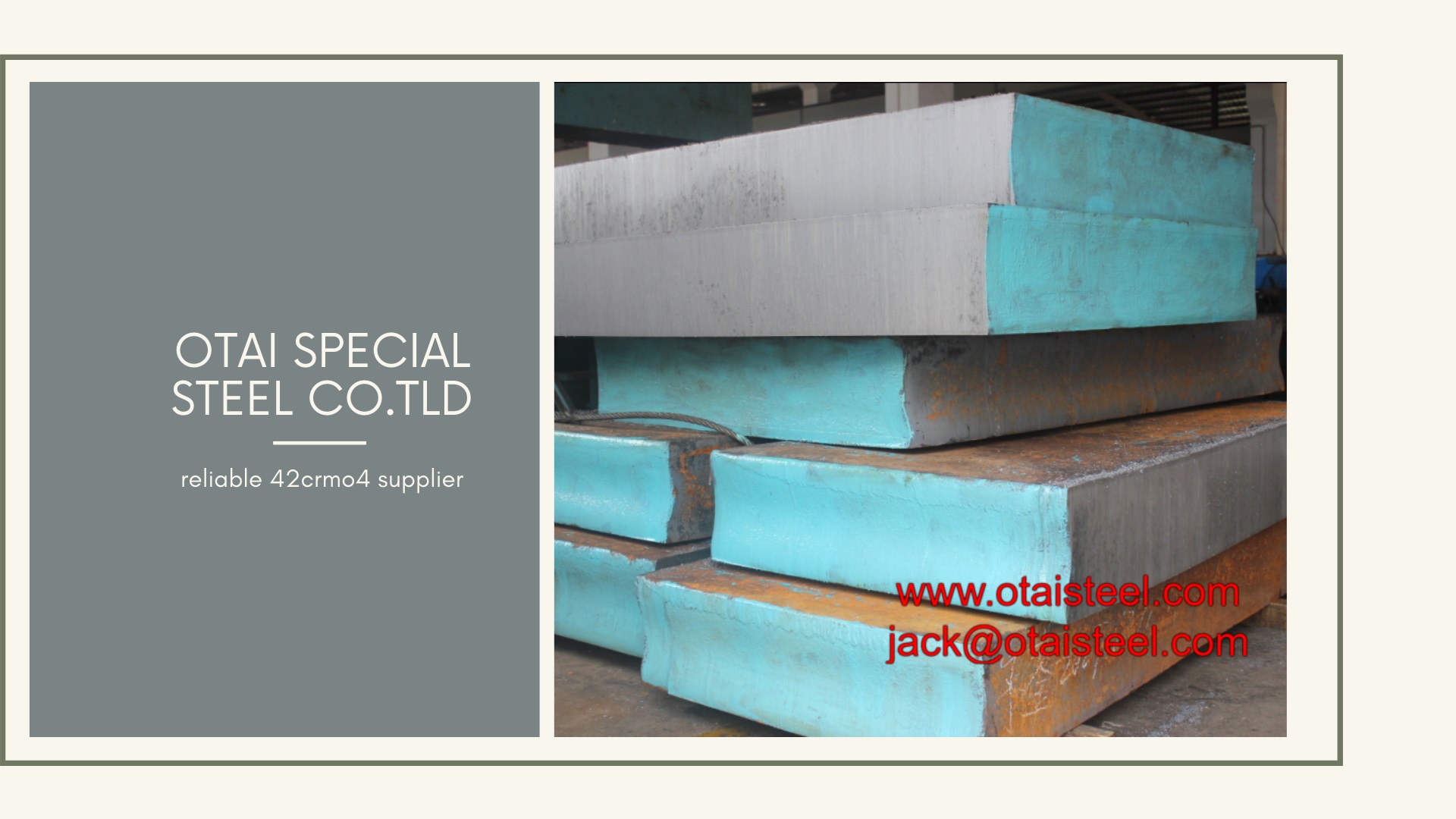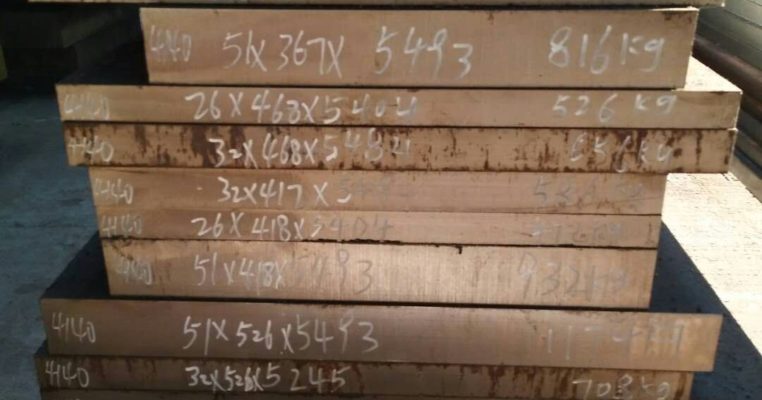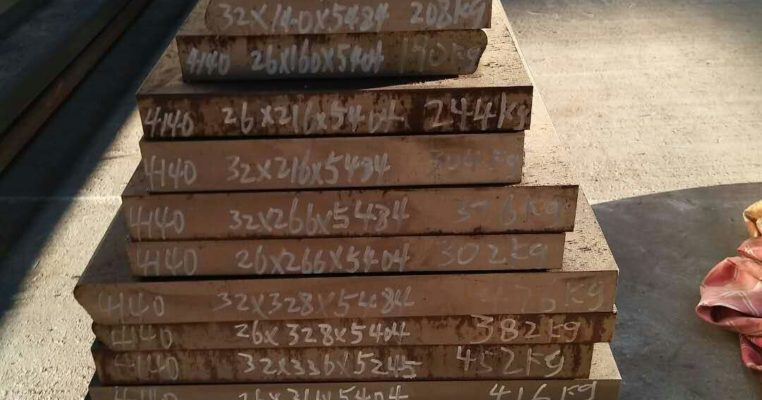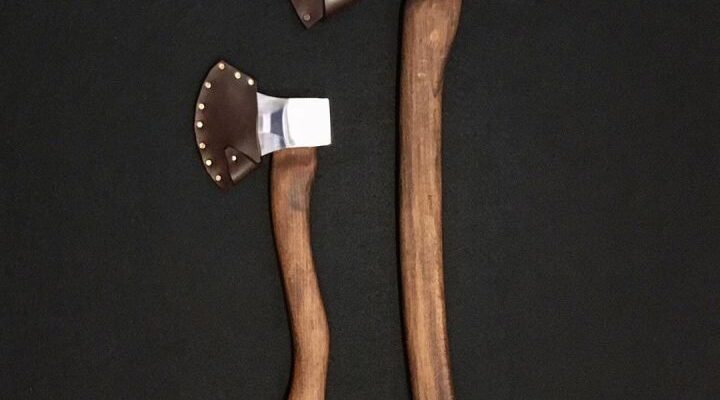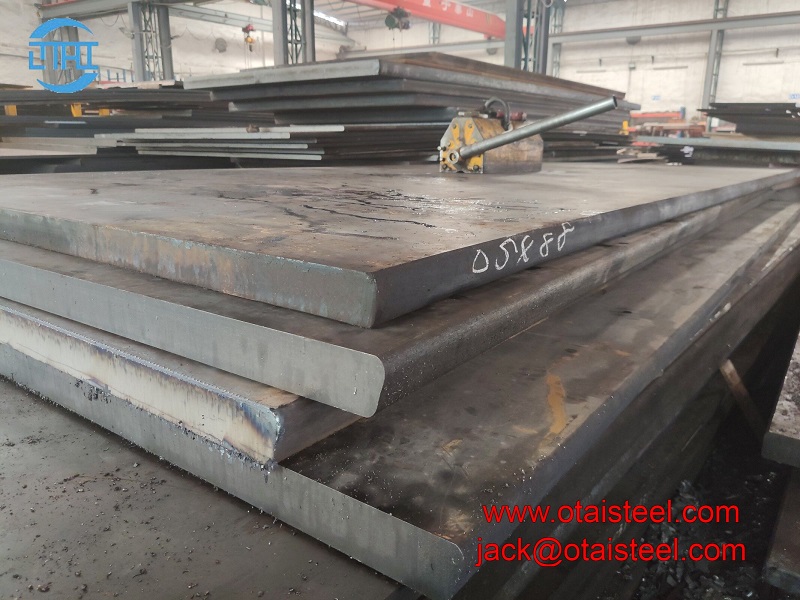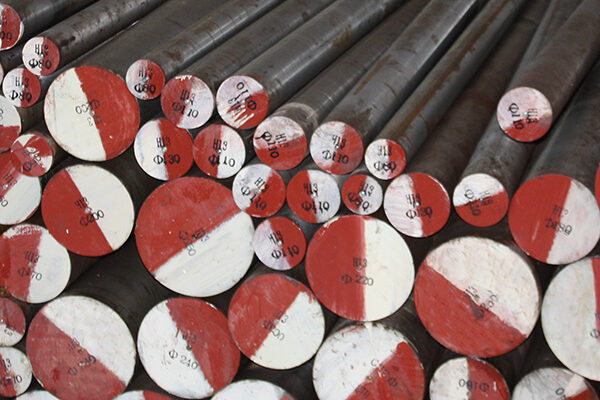Lots of customer are sourcing the 4140 flat bar materials. But it’s difficult to find one reliable supplier. We have the biggest stock material for 4140 steel plate and flat bar in south China. So, for 4140 flat bar stock, we are the number one choice if you plan to buy 4140 flat bar from China, with best availability, quality anjd price.

4140 Flat Bar Stock Size Available
Generally, plate thickness range from 12-180mm are available in stock. Flat bar thickness are available mostly from 20-100mm. But if customer needs 4140 flat bar above 100mm thickness, we are equipped with several bandsaws and vertical saw to cut to required width.
For 4140 steel flat, the length is random length 2000-2300mm.
Available Conditions
Most of flat bar and plate are in hot rolled condition. However, we could arrange heat treatment for annealing or quenching and tempering(Q+T) to acheive different hardness and properties. Heat treatment takes around 3~5 days depending on the order quantity.
Delivery Time
If ordered sizes are stock flat bar, shipment can be processed immediately. We can cut to flat bar out of big 4140 steel plate according to order dimension. For order quantity less than 100 tons, the cutting to flat bar takes around 7-15 days or sooner.
Surface Condition
Most of flat bar is in original black surface. It is acceptable for most of customers. While some customer needs milled surface, we are equipped to do milling and deliver milled surface flat bar.
4140 Flat Bar Size Tolerance
We apply -0/+1mm thickness tolerance, -0/+5mm width tolerance for black surface 4140 flat bar. But when customer needs milled surface, the tolerance could be even small.
When there are any request of 4140 flat bar / 42CrMo4 flat bar request, feel free to send us any time. We are number 1 choice and reliable partner to supply you top quality 4140 flat stock in very short time.
